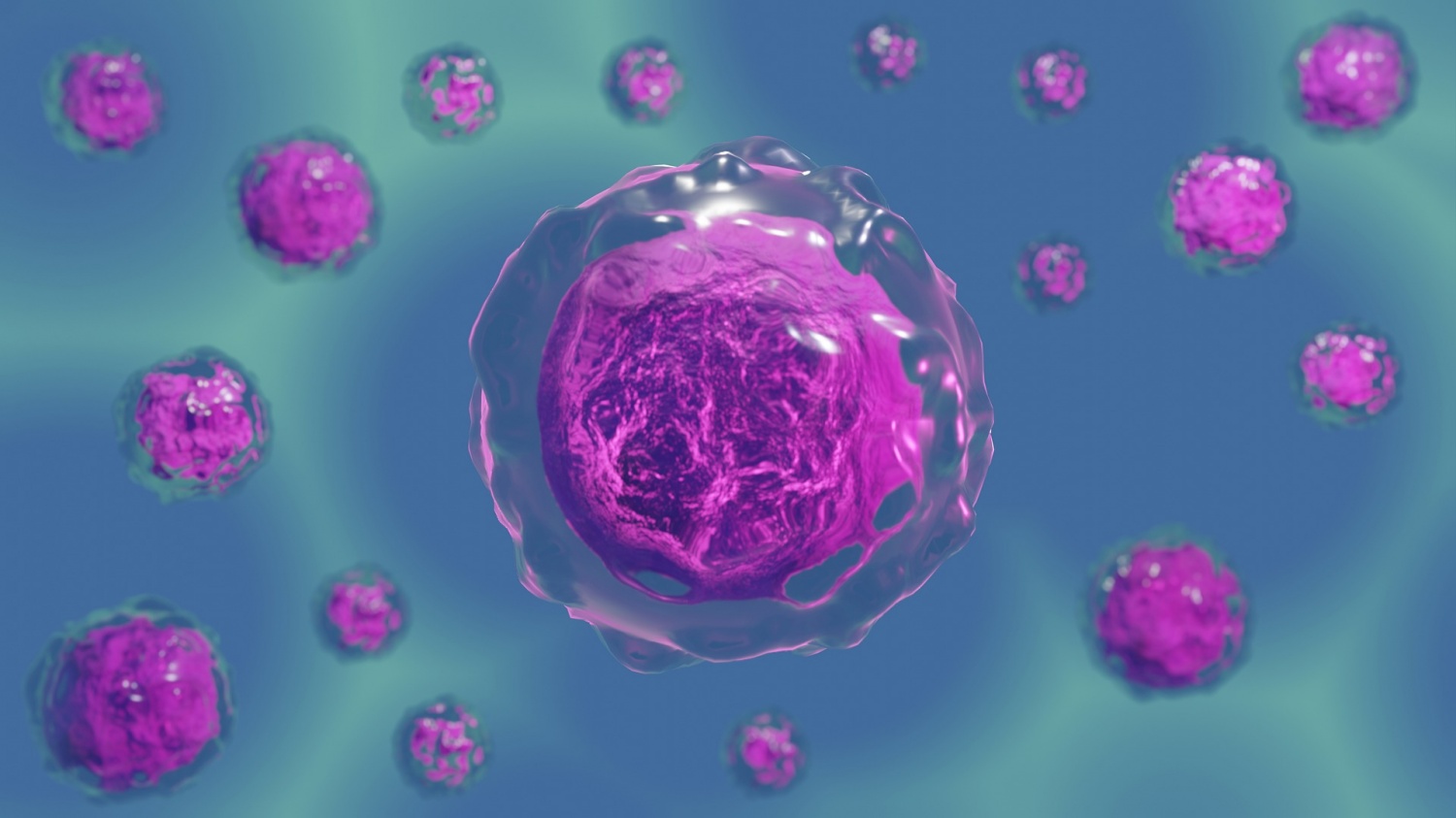Anthrobots: Tiny Biological Robots Crafted from Human Tracheal Cells for Therapeutic Use
A groundbreaking study conducted researchers at Tufts University and Harvard University’s Wyss Institute resulted in the development of Anthrobots, which are tiny biological robots. These Anthrobots are crafted from human tracheal cells and have proven to be capable of traversing surfaces and stimulating neuron growth in damaged areas within a lab setting.
Measuring anywhere from a human hair’s width to the tip of a sharpened pencil, these multicellular robots have self-assembly capabilities. They also have the ability to promote the healing of adjacent cells. As a result, the researchers are hopeful that these Anthrobots can be utilized as therapeutic tools for regeneration, healing, and disease treatment.
One of the significant findings of the study is that the Anthrobots can be created from adult human cells without any genetic modification, exceeding the capabilities observed in Xenobots. According to Gizem Gumuskaya, a PhD student on the project, the team is focused on exploring the potential of cells beyond their inherent characteristics within the body. The reprogramming of interactions between cells can lead to the creation of new multicellular structures, similar to arranging stone and brick into different structural elements like walls, archways, or columns.
Additionally, the researchers found that Anthrobots have the ability to create new multicellular shapes and exhibit different movement patterns across the surface of human neurons, fostering new growth to fill gaps caused cell layer scratching. While the exact mechanism through which Anthrobots stimulate neuron growth remains unclear, the researchers have confirmed that neurons thrived beneath the area where a clustered assembly of Anthrobots, referred to as a “superbot,” was present.
Further investigations are being carried out the team to understand the healing mechanism and explore additional capabilities of these constructs. One advantage of using human cells in creating Anthrobots is the ability to use a patient’s own cells for therapeutic purposes without triggering immune responses or requiring immunosuppressants. Anthrobots have a limited lifespan of a few weeks, making their easy reabsorption into the body feasible after completing tasks.
The study also pointed out potential therapeutic applications for Anthrobots, such as assisting in healing tissues, clearing plaque buildup in arteries, repairing nerve damage, recognizing bacteria or cancer cells, and delivering drugs to targeted tissues. As the researchers continue to develop these bots, they aim to investigate additional applications and understand how cellular assembly can be harnessed for various functions beyond those found in nature.
The team’s findings were published in the journal Advanced Science. The researchers are optimistic about the vast potential these Anthrobots hold in the field of medical technology and look forward to further developments and applications.

